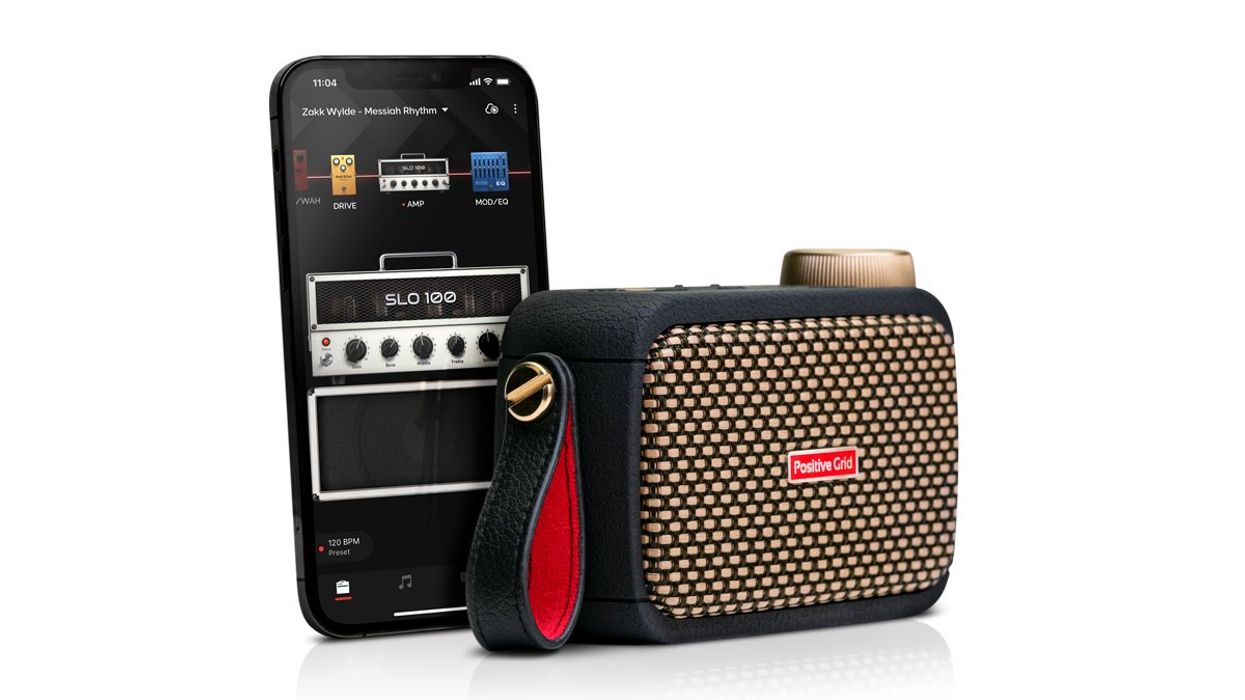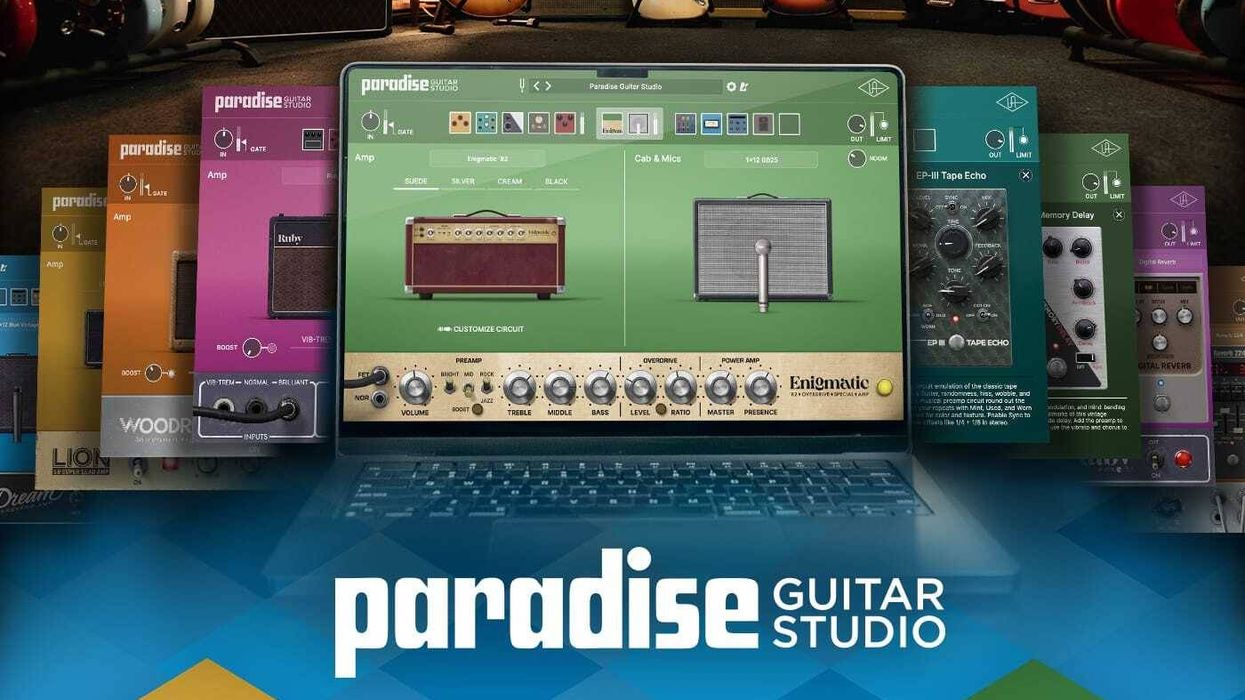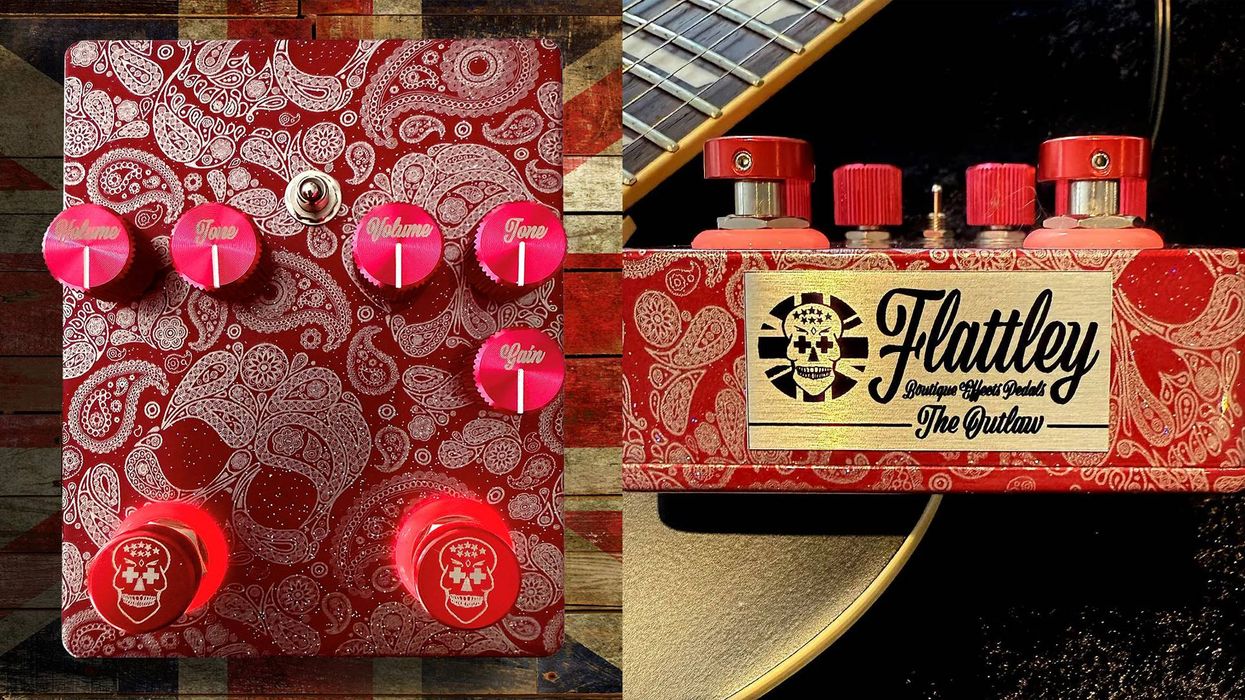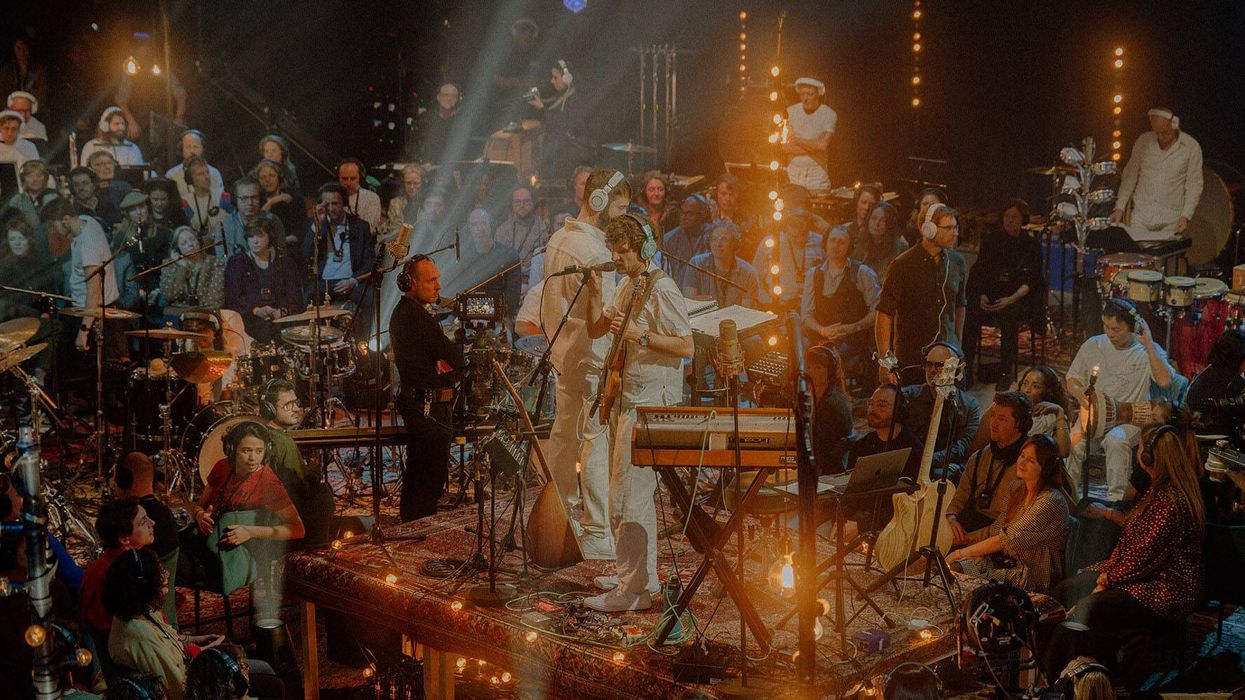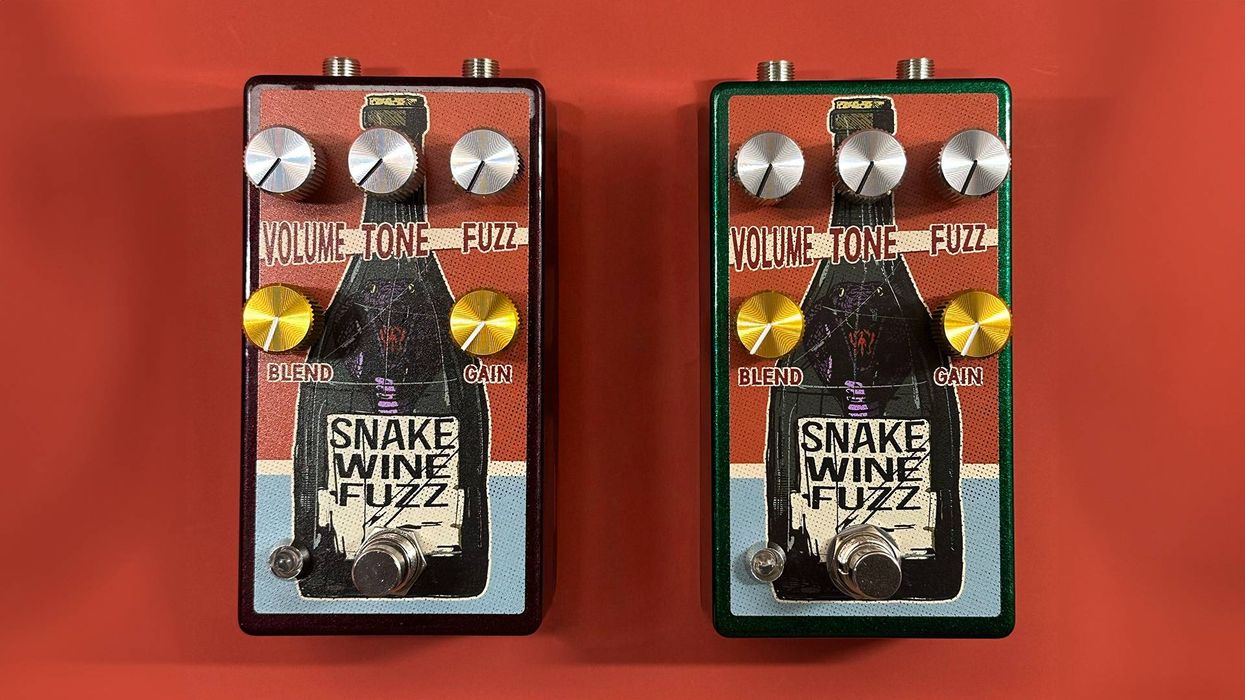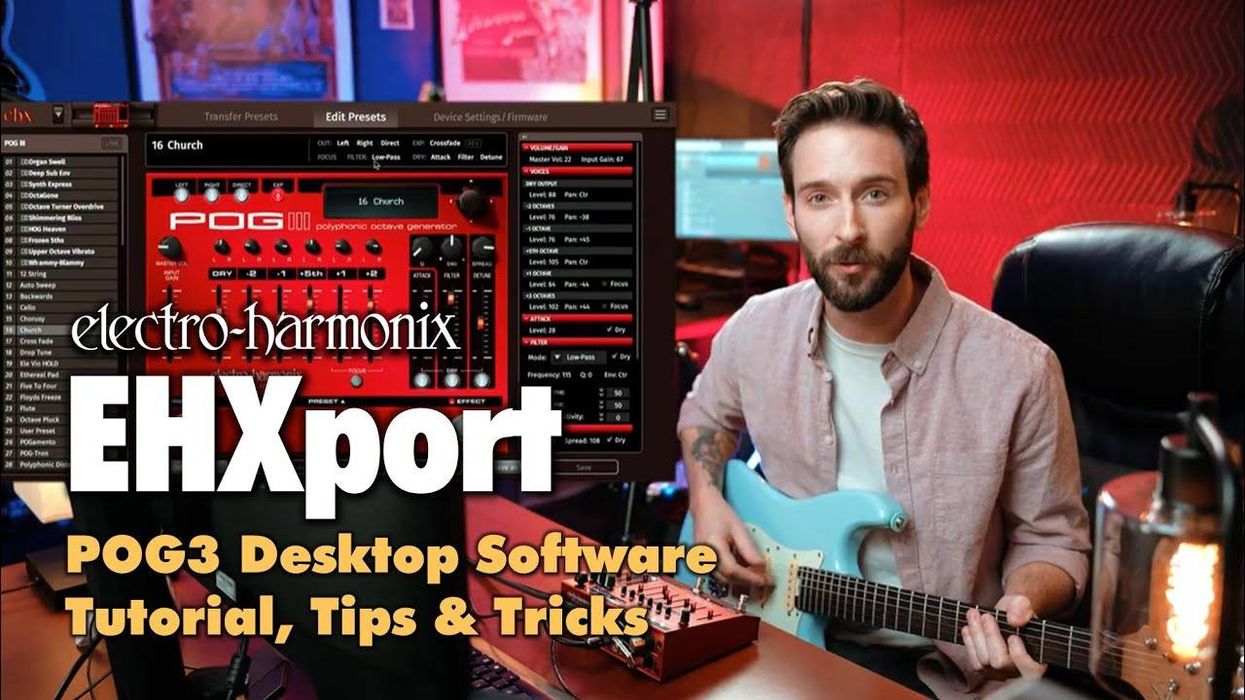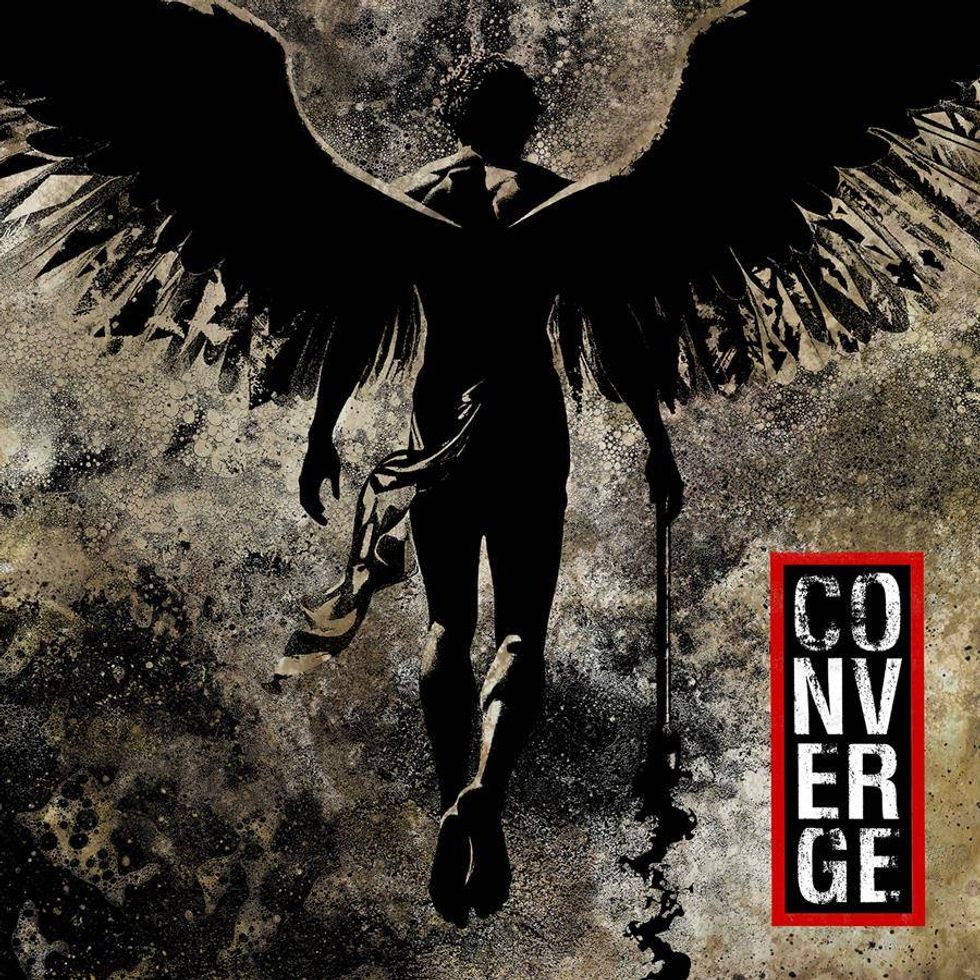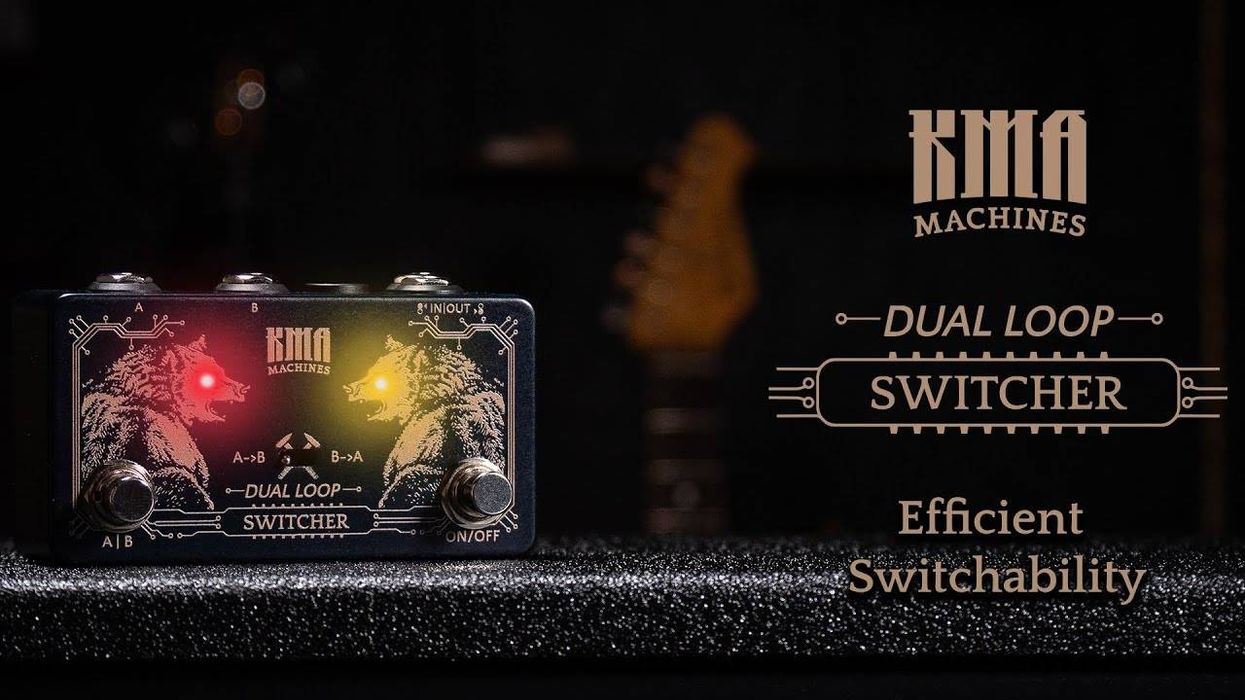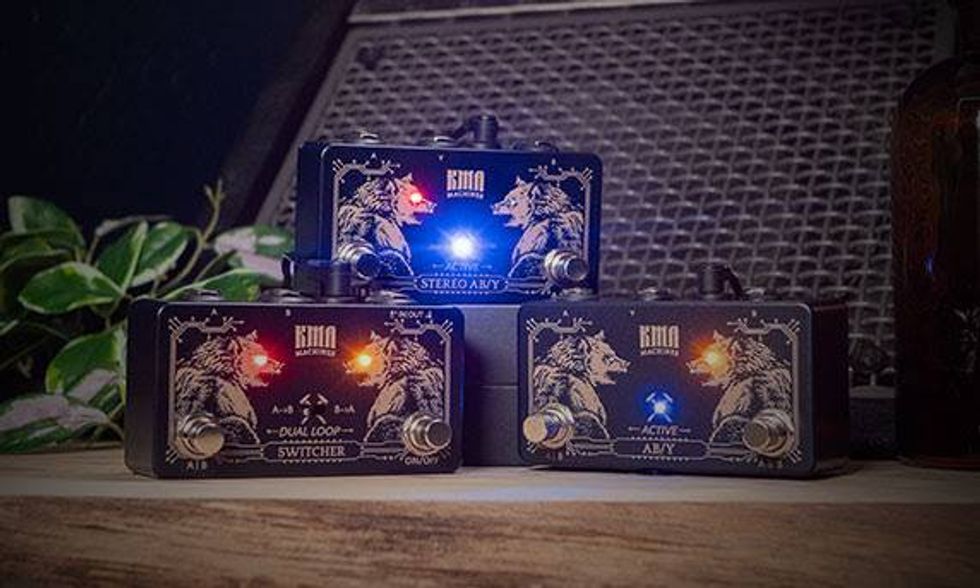AI-powered features provide convenient guitar playing and learning; Computational audio delivers detailed tone; Bluetooth streaming and battery power round out the experience.
Positive Grid reveals Spark GO – a rugged, ultra-portable guitar/bass amp and Bluetooth speaker with advanced acoustics that delivers detailed, room-filling sound. With its smart app integration, this tiny powerhouse offers immediate access to inspiring guitar gear and tones plus AI-powered practice tools, for frictionless guitar playing and learning experiences.
Stream music or play guitar or bass – the pocket-sized Spark GO delivers 5 Watts of surprisingly big sound. Computational audio, a passive radiator and anti-vibration technology provide the detailed audio, punchy bass and overall sound experience typically found in a much larger guitar amp. Convenient, rechargeable battery power delivers great tone at a moment’s notice, for even more musical enjoyment.
Spark GO comes fully loaded with 33 authentic amp models and 43 effects and pedals that can be combined into an infinite number of tone setups for convenient guitar practice and jamming. Four onboard preset locations allow instant recall of favorite amps and effects.
Though compact in size, Spark GO offers powerful features for practicing and playing guitar through seamless integration with the award-winning Spark app. This free companion app is a fun and easy-to-use portal that encourages learning and provides more motivation to play and try new ideas. Users can find immediate inspiration from massive tone and gear libraries; fine tune their skills with real-time, AI-powered features; and even create performance videos.
- Auto Chords uses AI-powered technology to analyze millions of songs and display the guitar chords in real time for fun, easy learning.
- Fingertip access to over 50,000 guitar tones – all instantly available on Positive Grid’s online ToneCloud community.
- Smart Jam listens to the user’s playing and uses AI tech to learn their tone and style, then generates a drum & bass backing track to play along with.
- Video capture allows users to record themselves playing within the Spark app and then post it instantly to social channels with brilliant sound and video.
- Use Spark GO as an audio interface to record musical ideas to a computer.
Laura B. Whitmore, SVP of Marketing for Positive Grid, enthuses, “Stream your favorite music, learn a new guitar song, warm up for your gig. The portable Spark GO is a powerhouse in every sense of the word and a great all-around amp and companion. You’ll be shocked at its solid build and big sound. Use it anywhere to enjoy more guitar moments; it’ll inspire you to play every day!”
Lay Spark GO flat for room-filling, omnidirectional sound, or sit it upright for loud, focused audio. It can also be used with headphones for a quiet, immersive experience or with the Line Out for expanded audio possibilities. Smart EQ settings further optimize the output for instruments or music listening.
Spark GO: Nothing can stop you now
Spark GO brings high quality tone everywhere, thanks to its sturdy build and eight hour battery life (at half output). In addition to a classic woven front grille, it also comes with a roadworthy black hardshell grille and a durable duo-tone carry strap. Spark GO joins the Spark family of smart practice amps that includes the #1 best-selling Spark 40 and the portable, customizable Spark MINI
Starting in late March, Spark GO will be available for pre-order for a special price of USD $109 (MSRP USD $149).
For more information, please visit positivegrid.com.
